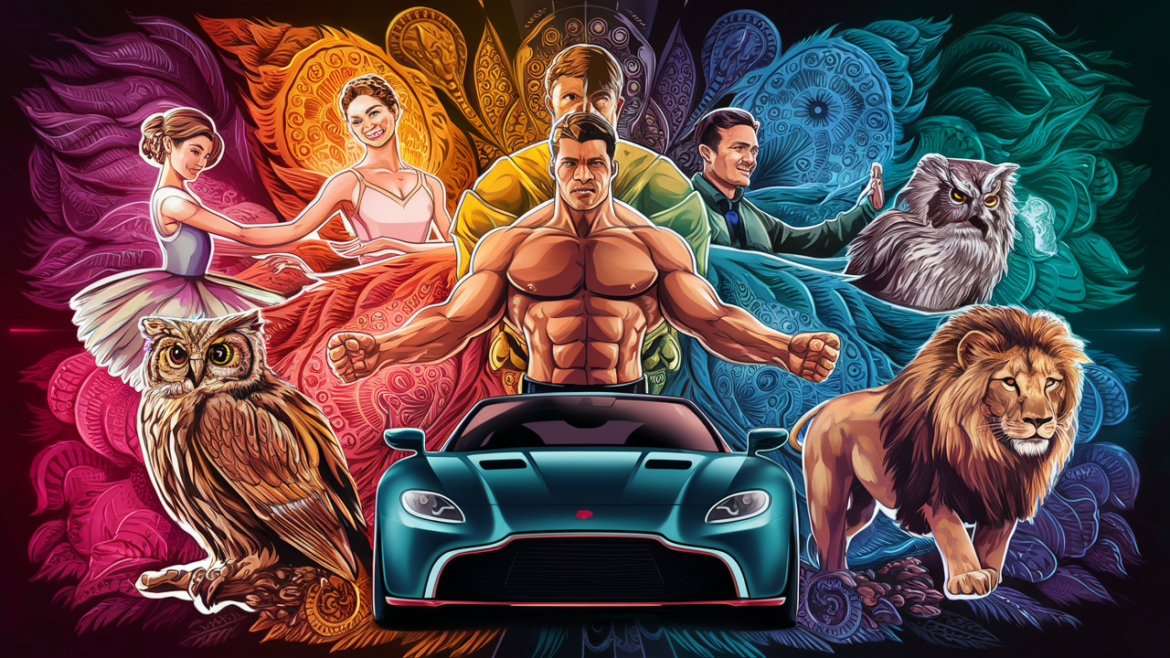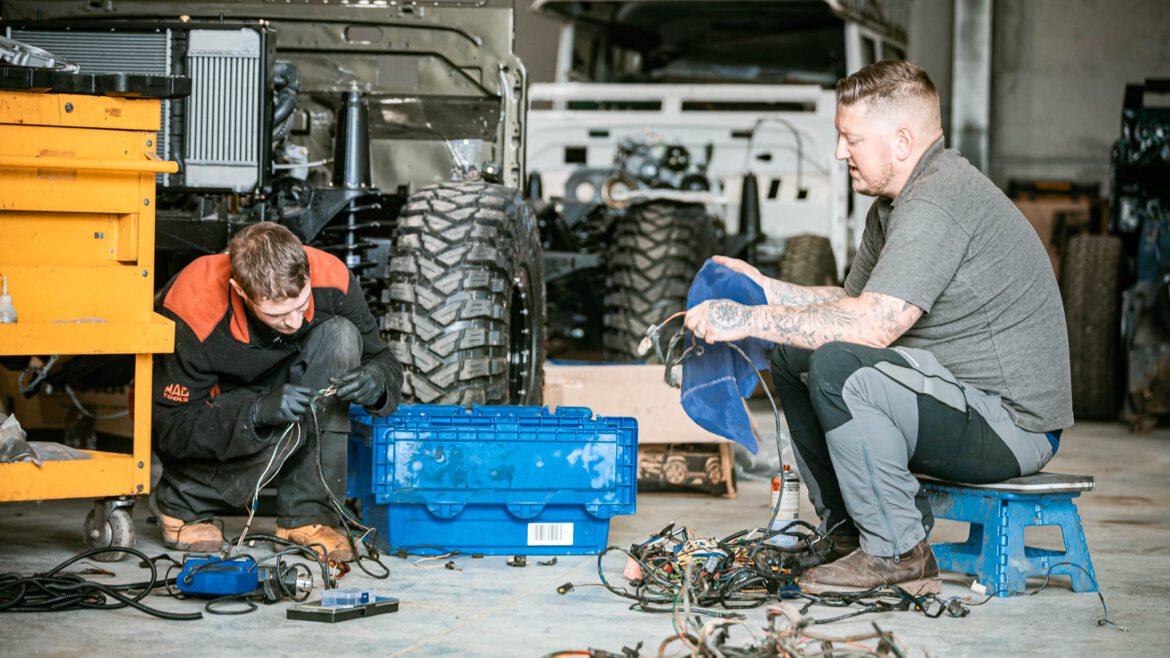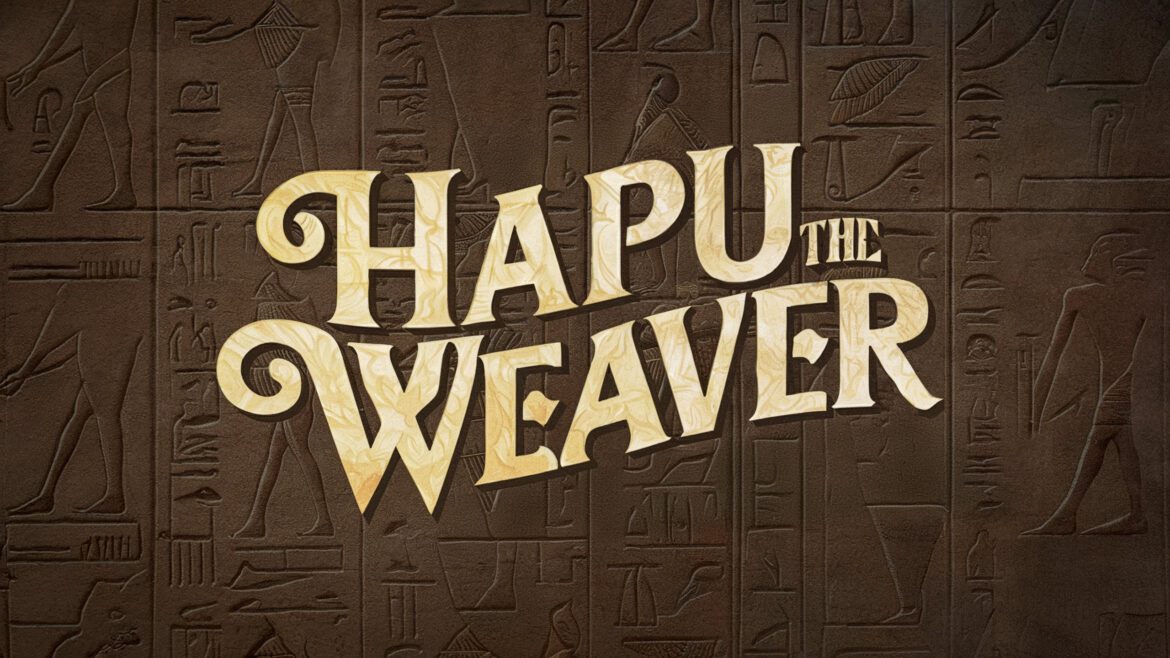Can ChatGPT and Large Language Models Really Think?
https://www.kraabel.net/wp-content/uploads/2024/09/KRAABEL_GPTvsHUMAN-1024x576.jpg 1024 576 Michael Kraabel Michael Kraabel https://www.kraabel.net/wp-content/uploads/2024/09/KRAABEL_GPTvsHUMAN-1024x576.jpgIt’s an exciting time to witness how fast artificial intelligence (AI) is advancing, particularly with the rise of large language models (LLMs) like ChatGPT. These models have revolutionized everything from customer service to content creation, but there’s a critical question that lingers in the background: Can AI actually think? At first glance, it might seem…
read more












